mirror of
https://github.com/penpot/penpot.git
synced 2025-02-20 13:55:34 -05:00
103 lines
4 KiB
Markdown
103 lines
4 KiB
Markdown
|
|
---
|
||
|
|
title: 4. Integration Guide
|
||
|
|
---
|
||
|
|
|
||
|
|
# Integration Guide
|
||
|
|
|
||
|
|
This section explains how to interconnect Penpot with other applications, so
|
||
|
|
they can collaborate and create new kinds of features, or integrate in DesignOps
|
||
|
|
or GitOps workflows.
|
||
|
|
|
||
|
|
The system is relatively simple for now, but expect more functions in the future.
|
||
|
|
|
||
|
|
## Webhooks
|
||
|
|
|
||
|
|
Outbound webhooks are event calls from Penpot to other applications, that
|
||
|
|
notifiy some particular event has occured (e.g. a file has been created or
|
||
|
|
updated, a comment has been added, etc.).
|
||
|
|
|
||
|
|
#### Webhooks managament
|
||
|
|
In Penpot, webhooks are configured at Team level-
|
||
|
|
|
||
|
|

|
||
|
|
|
||
|
|
#### Add webhooks
|
||
|
|
When you add a webhook, you specify the URL of a service you own. If the webhook
|
||
|
|
is active, a POST request will be sent to the URL on any event that occurs anywhere
|
||
|
|
in the team.
|
||
|
|

|
||
|
|
|
||
|
|
You can specify the format of the call payload.
|
||
|
|
|
||
|
|
* JSON is a standard format, accepted by almost every web application.
|
||
|
|
* <a href="https://github.com/cognitect/transit-format" target="_blank">Transit</a>
|
||
|
|
is a format, that may be encapsulated inside JSON, that adds datatype
|
||
|
|
information and enriches the content with semantic information.
|
||
|
|
|
||
|
|
### Events list
|
||
|
|
|
||
|
|
Unfortunately, we do not have any specific documentation for the webhooks yet.
|
||
|
|
For the moment you can use the <a href="https://design.penpot.app/api/_doc"
|
||
|
|
target="_blank">backend API documentation</a>, generated automatically from <a
|
||
|
|
href="https://github.com/penpot/penpot/tree/main/backend/src/app/rpc"
|
||
|
|
target="_blank">source code</a>, as a guide.
|
||
|
|
|
||
|
|
All backend RPC calls labelled as <code class="language-bash">WEBHOOK</code> trigger webhook calls, if
|
||
|
|
appropriate, with an equivalent payload.
|
||
|
|
|
||
|
|
The payload content is specified as <a href="https://clojure.org/guides/spec"
|
||
|
|
target="_blank">Clojure Spec</a> predicates:
|
||
|
|
|
||
|
|

|
||
|
|
|
||
|
|
The listed spec details all required (<code class="language-bash">:req</code> or <code class="language-bash">:req-un</code>) and optional
|
||
|
|
(<code class="language-bash">:opt-un</code>) attributes of the RPC parameters.
|
||
|
|
|
||
|
|
The payload of the webhook is similar, but there may be some changes (some
|
||
|
|
parameters ommited or others added). The recommended way of understanding the
|
||
|
|
webhook calls is by using <a href="https://webhook.site/" target="_blank">Webhook.site</a>.
|
||
|
|
Generate a site URL and set it into Penpot. Then you can inspect the calls received.
|
||
|
|
|
||
|
|
|
||
|
|
## Access tokens
|
||
|
|
|
||
|
|
Personal access tokens function like an alternative to our login/password authentication system and can be used to allow an application to access the internal Penpot API.
|
||
|
|
|
||
|
|
<p class="advice"><strong>Important:</strong> Treat your access tokens like passwords as they provide access to our account.</p>
|
||
|
|
|
||
|
|
### Manage access tokens
|
||
|
|
In Penpot, access tokens are configured at user account level. To manage your access tokens, go to Your account > Access tokens.
|
||
|
|
|
||
|
|

|
||
|
|
|
||
|
|
### Generate access tokens
|
||
|
|
|
||
|
|
1. Press the "Generate new token" button.
|
||
|
|
|
||
|
|

|
||
|
|
|
||
|
|
2. Fill the name of the token. Descriptive names are recommended.
|
||
|
|
|
||
|
|
3. Choose an expiration date. Current options are: Never, 30 days, 60 days, 90 days or 180 days.
|
||
|
|
|
||
|
|

|
||
|
|
|
||
|
|
4. Once you're happy with the name and the expiration date, press "Create token". At this step you will be able to copy the token to your clipboard.
|
||
|
|
|
||
|
|

|
||
|
|
|
||
|
|
### Delete access tokens
|
||
|
|
|
||
|
|
You can delete tokens anytime. You'll find the option at the menu at the right side of each token of the tokens list.
|
||
|
|
|
||
|
|
|
||
|
|
### Using access tokens
|
||
|
|
|
||
|
|
Having a personal token will allow you to use it instead of your password.
|
||
|
|
|
||
|
|
This is an example of a curl command that you can run at the console to access your Penpot profile using an access token:
|
||
|
|
|
||
|
|
```bash
|
||
|
|
curl -H "Authorization: Token <replace-this-with-token>" https://design.penpot.app/api/rpc/command/get-profile
|
||
|
|
```
|

